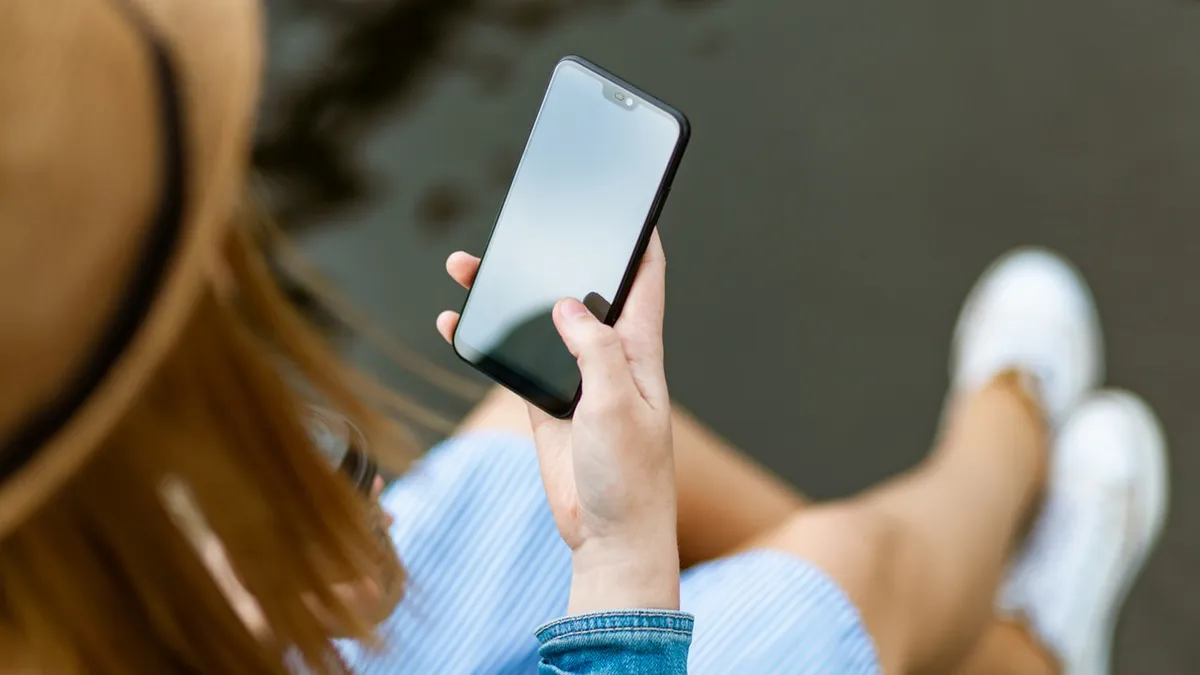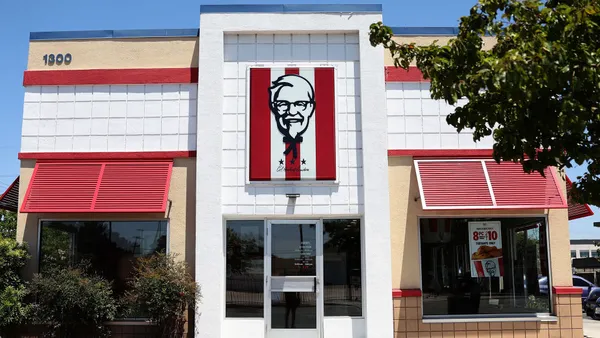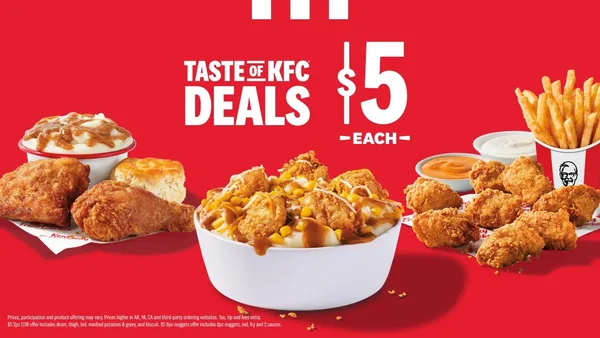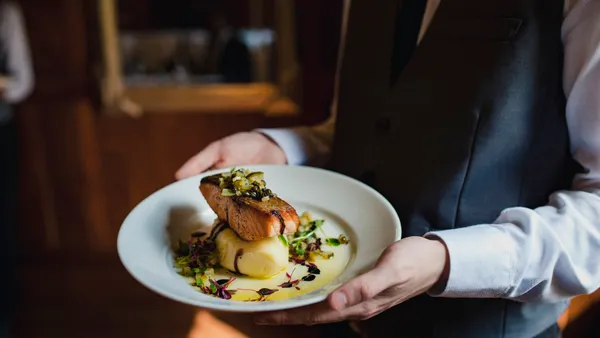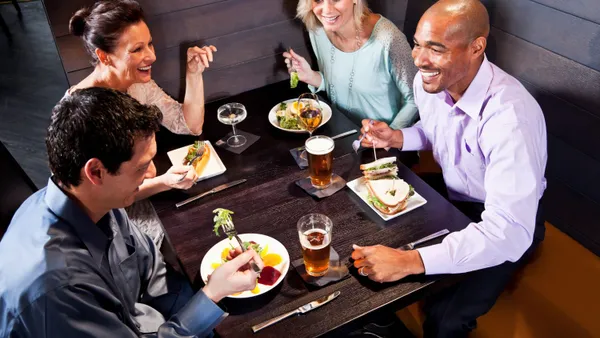Dive Brief:
- Ninety-two percent of restaurant customers who are fully vaccinated plan to continue ordering online at least as often as they do now, while just 8% plan to return to dine-in as they did prior to the pandemic, according to new research from Paytronix and PYMTS.
- Thirty-two percent of independent, full-service restaurant customers who are "very" or "extremely" likely to get vaccinated plan to dine on-premise more often after they are vaccinated, compared to 41% of chain full-service restaurant customers. A small gap exists between independent QSR customers (38%) and chain customers (39%) looking to eat on-premise once they are immunized as well.
- The research finds an "inexplicable" link between vaccination and higher loyalty program usage. The study hypothesizes that 57% of vaccinated consumers use loyalty programs compared to 42% of unvaccinated consumers because immunized diners are spending more on food orders, are more aware of loyalty programs or because "the demographic groups who use loyalty programs are more likely to be vaccinated."
Dive Insight:
This study suggests that robust digital ordering capabilities are more critical for restaurants than other sectors, as online restaurant customers plan to maintain more of their current digital habits than grocery and retail shoppers, who are more willing to return to brick-and-mortar businesses.
Independent restaurant customers are also less inclined to return to their pre-pandemic dining habits after receiving the COVID-19 vaccine, per the PYMTS/Paytronix data, which suggests robust digital capabilities could be more critical for small foodservice businesses.
But judging from comments in the latest round of earnings reports, restaurant executives — particularly those in the casual, sit-down segment — are optimistic about their businesses because of the acceleration of vaccinations. Starbucks CEO Kevin Johnson, for example, said on the company's Q2 2021 earnings call with investors that global vaccination progress is going to provide a "two-to-three-year tailwind" for the chain.
This optimism is reflected by consumers, as well. Sixty percent of diners say they are more comfortable eating out now, which marks the highest level since March 2020, according to reserach from Morning Consult. Still, as the Paytronix/PYMTS data shows, that doesn't mean brands need to fully shift the digital strategies they've put into place throughout the past year. Consumers are more willing to dine out, but they're also planning on keeping their off-premise habits in place. This could be good news for operators, as off-premise orders tend to carry higher checks and incremental sales.
Dine Brands CEO John Peyton, for example, said these off-premise channels are holding steady even as 99% of the domestic business has reopened, which is providing new sources of revenue. He expects this balanced mix to continue. As such, and according to the report, digital ordering and payment features are now "table stakes" as consumers expect them.
Optimizing digital capabilities beyond off-premise channels is crucial as well, as digitally-focused loyalty programs are likely to have success with younger demographics who have powerful buying power. Per the PYMNTS/Paytronix data, 84% of vaccinated millennials aged 33 to 43 use rewards programs, as well as 82% of vaccinated millennials aged 25 to 40 and 85% of vaccinated Gen Z diners. Loyalty customers tend to spend more than non-loyalty customers, and the report finds that 41% of consumers are "very" or "extremely" likely to spend more on food if they were offered rewards. This perhaps explains why more brands, from McDonald's to Taco Bell, are adopting new programs.
Still, these programs aren't the only feature customers say they would spend more for. Nearly 44% of customers say they are "very or extremely" likely to spend more on food when a restaurant offers online payment ability, while more than 41% say the same for online ordering.


